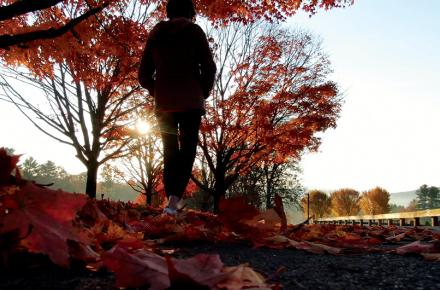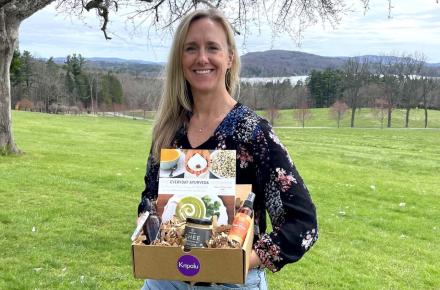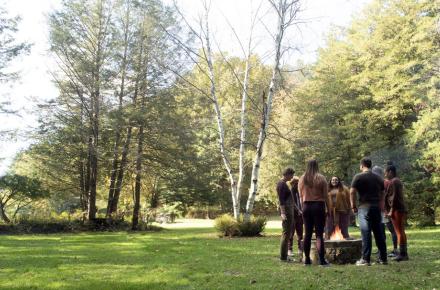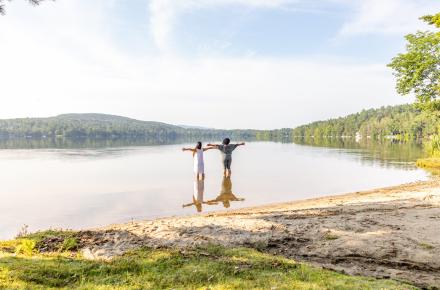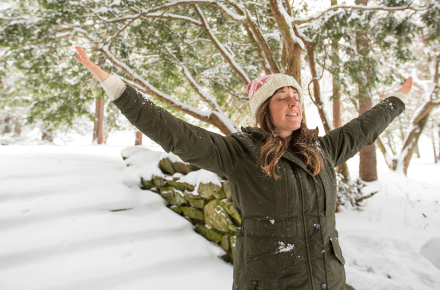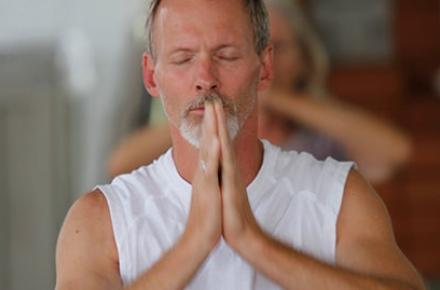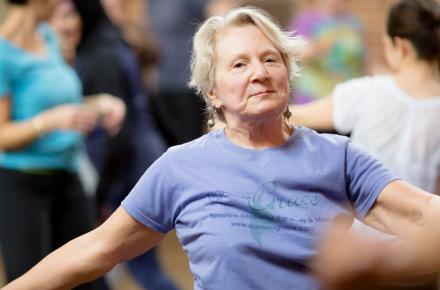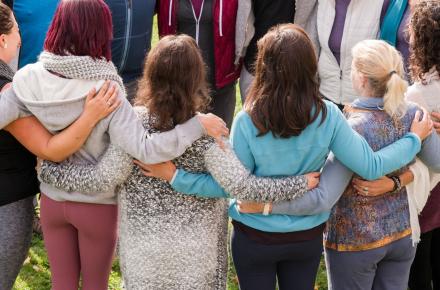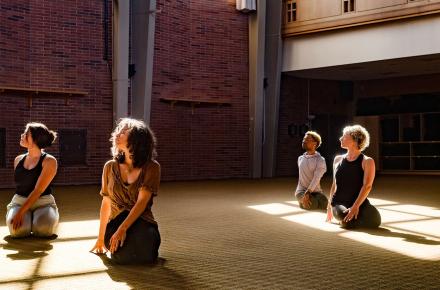Movement Matters: 21 Ways to Move this Thanksgiving
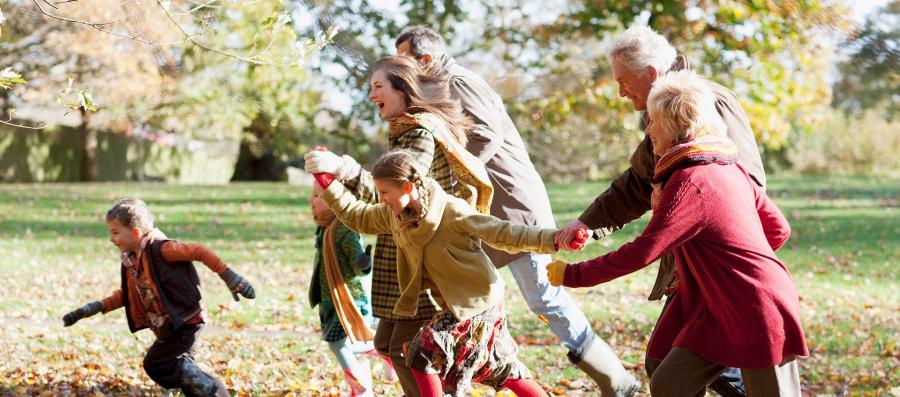
Turkey Trots have become a holiday staple, especially for the fitness-minded, but what if you could put your extra holiday calories to even better use? Movement that we do just for the sake of physical fitness isn’t the most “green” choice we can make; many of us (who are privileged with the option to) have outsourced most of our movements—movements done to hunt, gather, forage, and garden—to others, an outsourcing that has sociological and environmental impacts.
What if, instead of burning our energy simply because we are fortunate enough to have too much of it, we walked the extra trips to the grocery store to use the car less often? What if we bought ingredients that don’t come from overseas? What if we purchase less-processed ingredients, like shelled nuts or whole cranberries, to get a better workout right in our own kitchen? What if, instead of considering only the dietary nutrients in our holiday meal, we add other nutrients—movement nutrients, community nutrients, and nature nutrients?
Here’s how we can get ’er done.
In the days leading up to the holiday …
1. Use your body to gather as much food as you can. This can mean foraging—for wild cranberries, local nuts, fruit, veggies, and herbs—or simply walking on foot for those extra trips to local farms, vendors, or grocery stores. Find an abandoned apple tree, or visit a local apple farm and spend an afternoon gathering fruit to be used for a pie.
2. Do an actual turkey trot. Walk to your local farm or store to pick up your turkey (or turkey-free loaf). Tossing around 15 pounds’ worth of weights is totally different than carrying an awkwardly shaped object a couple of miles. Want even more movement? Forgo the backpack and use your arms.
3. Swap out the nuts in your favorite recipe for the ones that grow closest to you (hazelnuts for us). Nuts from certain countries are still harvested using slave labor (yes, it’s true—you can check out the list here) and mass-produced bags of mixed nuts can contain foods produced this way. This might not seem movement-related at first, but it turns out that the foods we prefer but don’t source for ourselves are still obtained and processed (read: moved for) by others, and in many cases our preferences come at the expense of another’s health and wellness. Thanksgiving is the perfect time to start moving more for our food, or making choices that don’t require others to move as much on our behalf.
4. Buy less-processed ingredients. Have you figured out which nuts are most local to you? Now, see if you can find them in the shell and, instead of going to exercise class to squat or yoga to stretch your hips, do those movements while you’re shelling nuts for your stuffing or pie crusts. You can also buy fresh, whole nutmeg and cinnamon to grate, and whole garlic instead of powdered garlic.
5. Chop, stack, and haul wood. These movements will warm you up multiple times—while you’re doing the work, and again while you’re cozied up by the fire. If you have an efficient woodstove, use it—for heat and, if possible, for cooking (even boiling water for tea on the woodstove is immensely satisfying and gives you more and different movements). Don’t have an indoor place for a fire? See tip number 18.
6. Take a décor hike. Involve the family in a nature walk to gather leaves to spread on your holiday table. Scout for silver dollar branches, acorns, pinecones, lantern plants, beautiful rocks, seashells, or colorful leaves to build your own natural centerpiece.
7. Freshen up holiday linens by hauling and hanging them on a line. In addition to the shoulder motions used to reach to hang and take down the linens, you also bring the sweet smell of late-fall sunshine into your celebrations.
8. Bake your pie pumpkin instead of buying it in a can. Slice and scoop that pumpkin on your own (no machines, factories, or fuel required). Added bonus: Toss the seeds in a little olive oil and roast for a snack. More bonus points for carrying your pumpkin home from the store, or picking it right out of your local pumpkin patch. (Save a few seeds and, next year, see if you can grow some yourself in your yard or at a community garden.)
9. Set up an outdoor prep area. Outside, your body can feel the temperature of your landscape and work to adjust itself (you’ve got a trillion thermal-regulating muscles that only “work out” if you allow yourself to get a bit cold). If you’re like me, you’ve got garlic and onions and celery to chop for days. Grab a scarf, your cutting board, and a knife, and head outside where, as you chop, any little ones you have can be working on number 6.
The day of ...
10. Mash potatoes and sweet potatoes with a masher or ricer instead of an electric mixer. For those of us who’ve been relying on powered kitchen gadgets, the amount of work involved in processing food by hand is surprising and gratifying.
11. Roll out your pie dough instead of using a ready-made (i.e., requires-less-movement) crust.
12. Whip your cream or meringue by hand. Somebody’s grandmother used to beat egg whites into a meringue with a fork. You gonna get whipped by somebody’s grandmother because your arms get too tired?
13. Put down the electric carving knife and work the muscles in your hands, arms, and shoulders by using a good old-fashioned knife.
14. Make a standing soup course. You can draw the same benefits of being outdoors as you did in number 9 for part of your meal—by serving soup in mugs as guests arrive and encouraging those who are able to mingle and stand outside while they sip, or even create a walking first course. Guests who have had to travel a long way to reach you might be particularly grateful for this approach. (You can take this idea inside too, in case of a blizzard—standing is good for us, outside or in.)
After dinner …
15. Take a walk. No ifs, ands, or buts. Some butts, though, definitely. As soon as your meal is done, encourage everyone to join you on a walk around the block. If your guests are reluctant, turn it into a game or tradition. You know how, at a wedding, a bride and groom have to kiss anytime someone starts clinking glasses with a piece of silverware? Do that, only make it a “get up time” or “walk around the outside of the house for two minutes” game. (Those who are able but unwilling to cooperate are automatically volunteering to do the dishes. By hand. Because you get more movement that way).
16. Put the puzzle or board games on the floor. If it’s too slippery or stormy out for some of your guests, then play your usual indoor games, but put them down on the floor to get everyone’s knees and hips working at different angles from usual. Even the most reluctant floor-sitter can’t resist the pull of that corner puzzle piece waiting to be clicked into place. Have pillows and bolsters available to accommodate a range of abilities.
17. Take the play outdoors. Set up games like horseshoes, conkers, or a scavenger hunt (for nature items if possible). Active fun! And, if the snow falls in time, you can have an epic snowball fight.
18. Swap watching the football game or movie for watching a fire. Using the same wood from number 5, set up an outdoor area to socialize, sit on the ground, and watch the sun set on a day full of gratitude. If your guests are getting hungry after a bit, reheat some food or cider, or pop some dried corn on the cob over the fire. Take turns adding fresh logs and you’ll all reap the benefits of moving for fuel.
Even more outside-the-box ideas …
I’m thankful for many things, most of all my body, my community, and the gifts of the Earth. After years of struggling to find the best way to give thanks for all of these, I’ve found that the “out of the box” and less traditional ways of celebrating Thanksgiving that I write about below best represent how I want to give thanks. I love nature, being outside, and moving, so I want a portion of my holiday to take me out of the kitchen—I want the holiday to feel more authentic to me. Here are some ideas that I, and others in my community, have found to mix it up:
19. Set up an outside dining room. Let your guests know in advance that it’s time to bundle up, and eat all or part of the meal out in the fresh air and sun, and enjoy the amazing colors and scents of fall. Provide some warm woolen throw blankets (you can often buy these at thrift stores for just a few dollars) for your chillier guests, make sure to have hot apple cider on the menu, and let your meal be cozy and invigorating at once.
20. Try a walking, progressive Thanksgiving dinner. Find friends, family, or neighbors and assign each a course. Start at one house with appetizers and cocktails, walk to the second house for salad, then to another house for turkey, and a final house for pie. Bonus: Large groups often take up more space, which means eating on the floor picnic-style—so lots of hip opening and squatting. (If you’re wondering if it’s possible to have a fancy dinner party when you’re furniture free, the answer is yes. I build a big table out of my low work and coffee tables, surround it with pillows, and cover it with a tablecloth. It’s like a table-fort. Must add twinkly lights!!
21. Dinner or dessert hike. Feel like going totally minimal? Make a batch of turkey soup, stuff your thermos full, and head out on a Give Thanks Trek. Pick five or 10 or 20 miles and do a pilgrimage of sorts, nourishing yourself as you go. Or, arrange for your besties to meet up after their holiday obligations for a pie-hike. Find a special spot in nature or your favorite urban location and walk there to enjoy a slice or two together.
Movement matters, peeps. It really, really does.
Find out more about upcoming programs with Katy Bowman at Kripalu.
This article is adapted from a post on Katy’s website.











